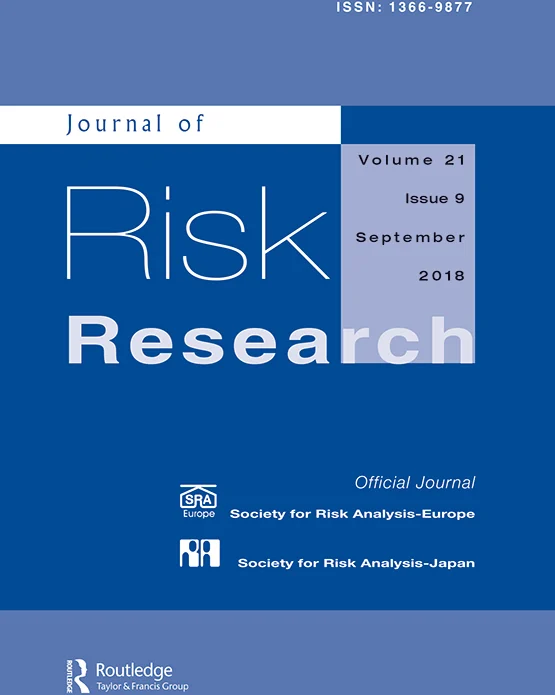Risk, religion, and reified camels: the past and the future of insurance in Iran
IF 1.7
4区 管理学
Q1 SOCIAL SCIENCES, INTERDISCIPLINARY
引用次数: 0
Abstract
Abstract This paper is a contribution to the understanding of insurance and risk management as a culturally mediated form of social action. It examines how commercial insurance functions in the Iranian marketplace, focusing on insurance against liability in bodily harm. The quantum of damages (diya) currently used in Iran’s ‘Islamicized’ laws, including in insurance law, is rooted in the historical conventions of Bedouin Arabs, chief among which was the cultural use of camels as a benchmark for the valuation of human life. The imposition of this cultural rule on contemporary insurance contracts complicates risk management via probabilistic logic, because there are major fluctuations in camel valuations in the Iranian market today. The use of this benchmark also has significant socio-economic implications for the insured. But, at the same time, there is surprising synergy between ancient culture and modern business because the same traditions that established camels as the benchmark for diya also gave birth to one of the earliest forms of proto-insurance against liability and continue to give religious legitimacy to the insurance business. By examining the incorporation of the Islamic quantum of damages in insurance calculations, this paper contributes to the broader understanding of the cultural and moral underpinnings of insurance, and sheds light on how the tensions between the cultural and economic elements of risk management are managed.风险、宗教和骆驼:伊朗保险的过去和未来
摘要本文有助于理解保险和风险管理作为一种文化介导的社会行动形式。它考察了商业保险在伊朗市场的运作方式,重点是针对身体伤害责任的保险。目前在伊朗“伊斯兰化”的法律(包括保险法)中使用的损害赔偿量值(diya)根植于贝都因阿拉伯人的历史习俗,其中最主要的是文化上使用骆驼作为衡量人类生命价值的基准。将这一文化规则强加于当代保险合同,通过概率逻辑使风险管理复杂化,因为今天伊朗市场上骆驼的估值存在重大波动。这一基准的使用对被保险人也有重大的社会经济影响。但与此同时,古代文化与现代商业之间存在着令人惊讶的协同作用,因为将骆驼作为diya基准的传统也催生了一种最早的原始责任保险形式,并继续赋予保险业务以宗教合法性。通过研究将伊斯兰的损害赔偿量子纳入保险计算,本文有助于更广泛地理解保险的文化和道德基础,并阐明如何管理风险管理的文化和经济因素之间的紧张关系。
本文章由计算机程序翻译,如有差异,请以英文原文为准。
求助全文
约1分钟内获得全文
求助全文
来源期刊

Journal of Risk Research
SOCIAL SCIENCES, INTERDISCIPLINARY-
CiteScore
12.20
自引率
5.90%
发文量
44
期刊介绍:
The Journal of Risk Research is an international journal that publishes peer-reviewed theoretical and empirical research articles within the risk field from the areas of social, physical and health sciences and engineering, as well as articles related to decision making, regulation and policy issues in all disciplines. Articles will be published in English. The main aims of the Journal of Risk Research are to stimulate intellectual debate, to promote better risk management practices and to contribute to the development of risk management methodologies. Journal of Risk Research is the official journal of the Society for Risk Analysis Europe and the Society for Risk Analysis Japan.
 求助内容:
求助内容: 应助结果提醒方式:
应助结果提醒方式:


